
age of
ANX ETY
ETY

age of
ANX ETY
ETY
AMRITA TRIPATHI
KAMNA CHHIBBER


FOREWORD BY DR ACHAL BHAGAT
It is the month of January of 2021. I am waiting in front of a booth in my hospital to get vaccinated, with a sense of trepidation. I am reflecting back on what a year 2020 has been. A year of worry, uncertainty, anticipation, avoidance and performing safety behaviours. One has walked through the year as an automaton and developed a hunchback peering into Zoom meeting screens. Yet, one has forced oneself to be reflective and hopeful. What a year! So, I write this in an unprocessed state of emotions.
While I am sitting here, I am also wondering what my mother would have felt if she had to live through 2020. It would have been quite a task for her to have lived through the last year.
I grew up in a home where anxiety was all-pervasive. My mother would have new physical symptoms which could not be explained and all of us would be concerned. The whole family would go to an uncle who was a physician. He would be reassuring or dismissive, depending perhaps on how his day had been. He would give some medicines. Some part of the prescription remained the same. There was an anti-allergy medicine, some paracetamol, and for a good measure, some homeopathic medicine. This ritual went on for years without a diagnosis of Anxiety or any other psychiatric disorder. So, yes, the last year would have been a tsunami for her. Even when I hypothetically consider this, I become worried.
In hindsight, I can now say that a diagnosis of my mother's difficulties would have been helpful, but it might still not have been a solution for her anxiety.
Is the experience of anxiety the same as the diagnosis of Anxiety? Can the narrative of a person who has lived through anxiety, with or without being diagnosed to have Anxiety, be explained by a checklist of Anxiety symptoms? Am I an anxious person? I have definitely experienced anxiety in the last year, and in the years before. Will I meet the criteria of the diagnosis of Anxiety? Maybe. Perhaps not.
The experience of anxiety is universal. Most of us experience anxiety, but may not reach the threshold of a diagnosis. The diagnosis of Anxiety is meant to be more specific. The diagnosis is more measurable. It makes a sub-group of people to be easily recognised as having Anxiety. Then there is what clinicians like me call co-morbidity. However, the lived experience of anxiety is not a mutually exclusive category; there are overlaps in life. Depression, Anxiety or Adjustment Disorders are good categories for research, but mostly co-exist in life. Life is more of a matrix than we clinicians make it seem.
In my experience, we need to move from treatments to solutions and that will happen only when diagnosis and experience inform our practice. Solutions do not ignore people's agency, treatments sometimes do. In an effort to be standardised and 'evidence based', we sometimes ignore the reality that everyone will evolve their own solution. At the same time, in the name of 'eclectic' and 'personalised,' what sometimes get peddled could be downright harmful. People need information to make choices.
This effort of The Health Collective, hopefully, would help people make informed choices. Like their earlier publication, this book by The Health Collective talks about a continuum: a bridge across the dichotomies of diagnosis and experience. While it takes us on a journey of memories, smells and images through people's personal stories, it also talks about 'stepped care models', symptoms and treatments. I hope it is read by clinicians as a textbook. And I hope it is read by everyone as a book of hope and recovery.
Do not fall for the dichotomy of fear and anxiety which most 'frequently asked questions' trying to explain Anxiety start with. There is a lot that lies in between. Your anxiety is real and it need not always be diagnosable. Your anxiety cannot be compared to someone else's anxiety and diminished. Your anxiety can be helped. There is a solution there. Look after yourself. Take care!
Dr Achal Bhagat
January 2021
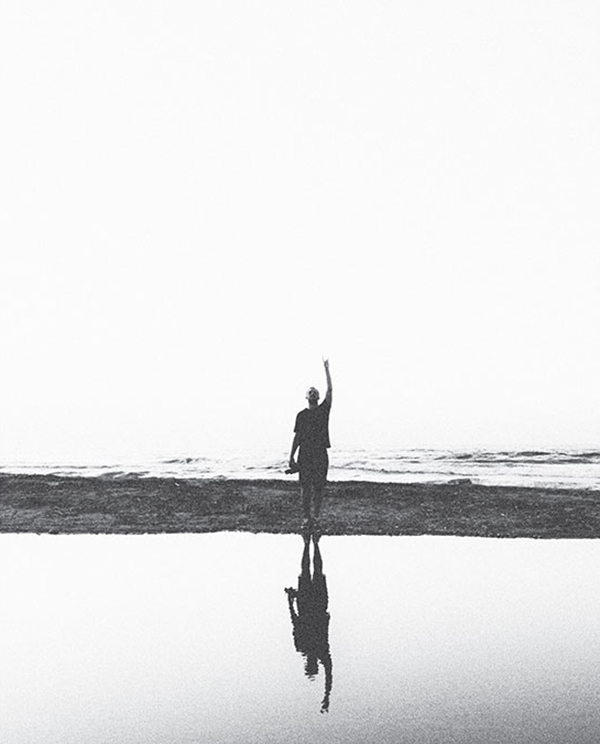
INTRODUCTION
Amrita Tripathi
I started working on issues to do with mental health and illness as a reporter more than a decade and a half ago not very regularly back then, but each story made me learn something new and startling (for example, when I learned that the way we report on suicide and suicide prevention can actually either do so much catastrophic harm or be a force for good, or again when I discovered through an interview with a child and adolescent psychiatrists that kids as young as 11/12 years of age were coming in worried they were pregnant, while schools, educators and parents quibbled about whether to include sex education in the curriculum!)
In 2016, I set up a site called The Health Collective, to help raise awareness about mental health and mental illness in India, by sharing stories, to help tackle the stigma together (and individually). People shared their stories bravely (and it is something that takes a tremendous amount of courage, even in privileged India today) and many of the stories of lived experience resonated with others, and slowly, we realised there was a community here, a tribe, even.
We have about 300 stories up on the site, including first person stories of lived experience, comics, columns and helpful articles and video interviews with leading psychiatrists like Dr Achal Bhagat and psychologists like my wonderful co-author Kamna Chhibber. Whereas today in 2021, there's no dearth of video sessions, webinars, Insta influencers, and celebrities sharing their stories, and more than enough pop psychology doing the rounds, I've never lost sight of that original mission, which is to raise awareness, help tackle stigma, and to do this all from an India lens, while creating a safe space.
Easier said than done, I realise. But we hope that you the reader will join us in that mission because we do need each one of us to play a part.
So we return to story-telling. The Mindscape series of books, commissioned by Simon and Schuster India, originated in conversations I had with Himanjali Sankar, my editor, on the need to have more stories told from an Indian point of view. We rely on people to share from their own journeys, and we want to present these to you, as they do, in the hope that this will make your journey easier. Whatever you, or a loved one, might be going through, you're not alone.
While I have learned much along the way, including the fact that there is no one-size-fits-all model, I have learned that there are a few themes that come up often. For those of us who think somehow we're immune, that anxiety won't affect us, I'm afraid that this is a myth (as Tanmoy Goswami spells out in his interview).
For those of us who think that stigma is a thing of the past, or that anxiety is like 'nervousness' or all in your head, it's worth reading Ayushi Khemka's story and description of it as a 'tear-inducing, panic-striking, body-trembling, mind-numbing condition far removed from the "pastel aesthetics" favoured by brands and influencers. Rajashree Gandhi writes of Anxiety feeling "like a bunch of voices speaking in a loud volume at the same time", even as she shares something that helped her, namely, the bullet journal.
Next page

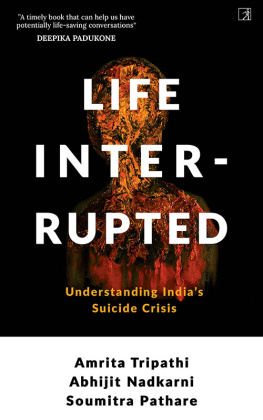
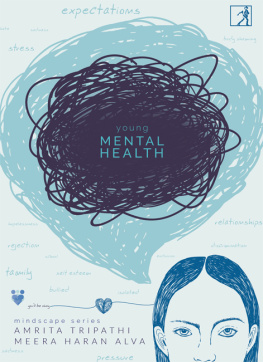
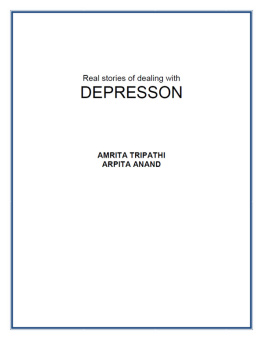
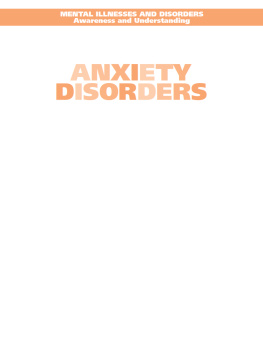

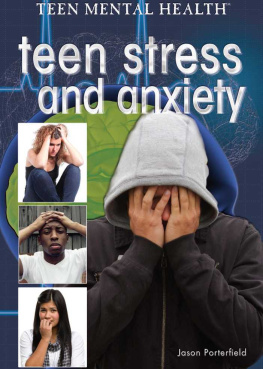
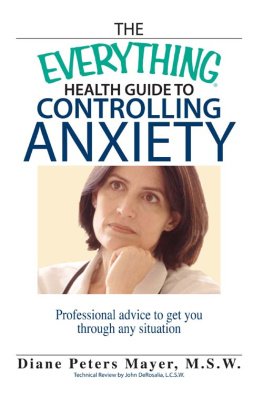

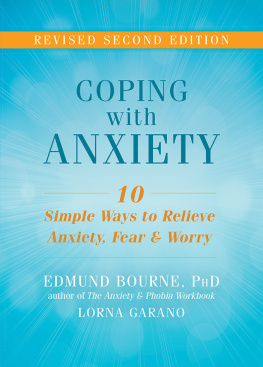
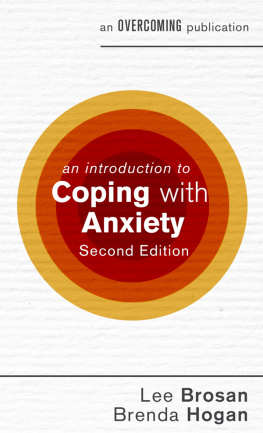
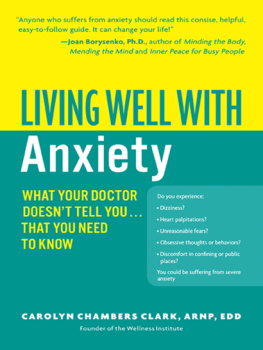
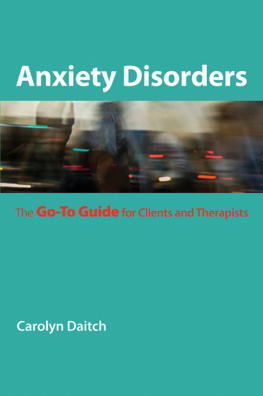
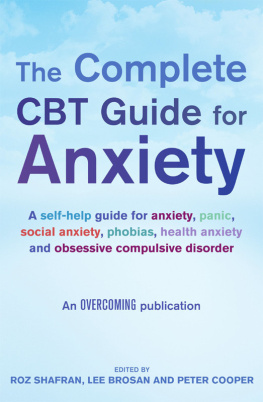



 ETY
ETY


